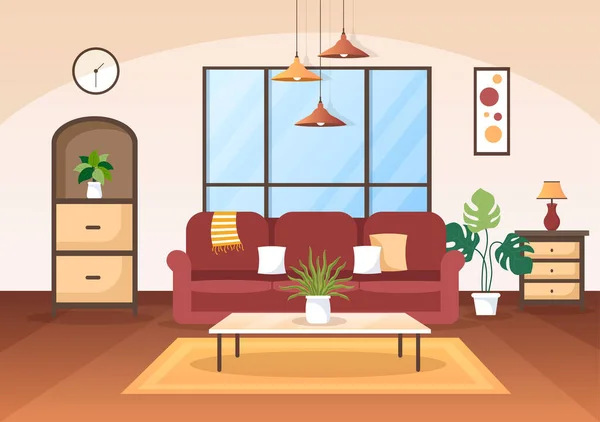Creating a healthy home environment is vital for the well-being and happiness of your family. By taking certain steps to improve the quality of your indoor space, you can promote physical and mental health, reduce the risk of illnesses, and enhance overall comfort. This article aims to provide you with detailed tips on how to create a healthy home environment for your family.
I. Assessing Indoor Air Quality
Indoor air quality plays a crucial role in maintaining a healthy home environment. Understanding common indoor air pollutants, such as mold, dust mites, volatile organic compounds (VOCs), and tobacco smoke, is the first step. Conducting an air quality test can help you identify specific pollutants and take appropriate actions. Additionally, improving ventilation and air circulation by opening windows, using exhaust fans, and investing in air purifiers can help remove contaminants from the air, ensuring clean and fresh indoor air for your family.
II. Eliminating Toxic Chemicals
Many household products contain harmful chemicals that can negatively impact your family’s health. Identify and replace these products with safer alternatives. Look for cleaning agents, personal care products, and cosmetics labeled as “natural,” “organic,” or “chemical-free.” Additionally, store hazardous materials, such as cleaning agents and pesticides, safely out of reach from children and dispose of them properly according to local guidelines.
III. Maintaining Clean and Dust-Free Spaces
Regular cleaning routines are essential to maintain a clean and healthy home environment. Dust and allergens can accumulate over time, leading to respiratory issues and allergies. Clean surfaces, floors, and carpets regularly using vacuum cleaners with HEPA filters. Minimize clutter, as it not only hampers cleaning efforts but also creates a breeding ground for dust mites and other pests. Opt for hypoallergenic furnishings and materials that are easier to clean and less likely to harbor allergens.
IV. Promoting Natural Lighting
Natural lighting has numerous benefits for your family’s health and well-being. It boosts mood, increases productivity, and enhances the overall aesthetic appeal of your home. Open curtains and blinds during the day to allow natural light to enter your living spaces. Consider using light-colored interior paints and finishes to reflect light more effectively. Incorporate mirrors and reflective surfaces strategically to maximize natural light distribution throughout your home.
V. Creating a Peaceful and Calming Atmosphere
A peaceful and calming atmosphere is essential for relaxation and stress reduction. Incorporating plants not only adds beauty to your home but also improves indoor air quality by naturally filtering pollutants. Designate specific areas for relaxation or reading, creating cozy nooks where family members can unwind. Utilize aromatherapy through essential oils or scented candles to promote relaxation and create a pleasant ambiance.
VI. Managing Noise Pollution
Excessive noise can be detrimental to your family’s well-being. Identify and minimize sources of noise in your home. Insulate walls and floors, and use soundproofing materials like acoustic panels or curtains to reduce noise transmission. Consider installing double-pane windows to block external noise. Use white noise machines or soothing background sounds to mask unwanted noise and promote better sleep.
VII. Encouraging Physical Activity
Physical activity is essential for maintaining good health. Designate an area in your home where family members can exercise or engage in active play. Incorporate active games and equipment that encourage movement and exercise. Furthermore, encourage outdoor activities and nature exploration, such as gardening or hiking, to promote a healthy lifestyle and connect with the natural environment.
VIII. Prioritizing Healthy Sleep Habits
Quality sleep is crucial for the overall well-being of your family. Create a comfortable and sleep-friendly bedroom environment by investing in a supportive mattress, breathable bedding, and adequate pillows. Set consistent bedtimes and establish nighttime routines to help signal the body for sleep. Minimize the use of electronic devices before bedtime, as the blue light emitted by screens can disrupt sleep patterns.
Conclusion
Creating a healthy home environment for your family requires careful attention to various aspects, including air quality, toxic chemicals, cleanliness, natural lighting, ambiance, noise pollution, physical activity, and sleep habits. By implementing the tips provided in this article, you can significantly improve the well-being and happiness of your family members. Remember that a healthy home environment is an investment in your family’s long-term health and overall quality of life. Take action today and make positive changes that will benefit your family for years to come.
